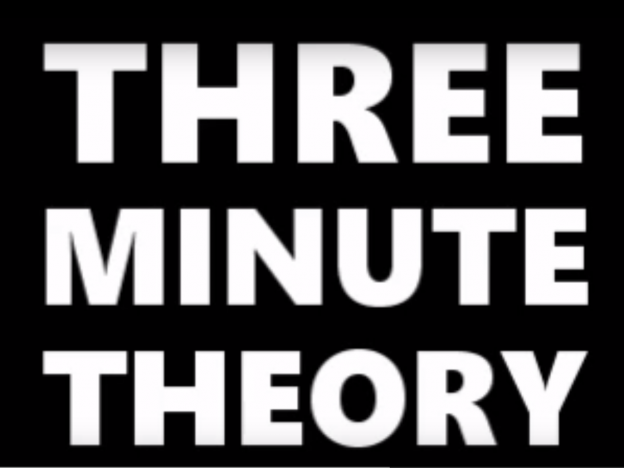Syed Mustafa Ali, School of Computing and Communications, The Open University
This post continues the exploration of the ‘entanglement’ of race, religion and informational phenomena presented in my earlier work (see the bibliography at the end of the post). Following the lead of critical race and decolonial theorists, I understand ‘race’ as a global systemic/structural power formation, ‘religion’ as a tradition involving discursive and embodied practices (following the lead of anthropologist Talal Asad), and ‘information’ as “a difference that makes a difference” (following the cyberneticist Gregory Bateson).
Here, I want to focus on exploring Transhumanism and technological Posthumanism in relation to broader ‘informationalist’ currents associated with New Religious Movements (NRMs) emerging within ‘Western’ societies. By ‘informationalism’, I mean a paradigm (or worldview) in which all phenomena are held to be informational or computational in some sense. My concern is to interrogate both the what and how (that is, beliefs and practices) as well as the who and where (that is, the socio-political marking and location/situatedness) of proponents of informationalist religion(s).
To this end, we might begin by exploring Transhumanist and Posthumanist calls for embracing technological enhancement at various scales – individual, collective and cosmological – with a view to unpacking various tacit ‘religious’ and occult influences informing their discourses. Leading Transhumanist thinkers such as Nick Bostrom, Hans Moravec, Ray Kurzweil, Frank Tipler, and others, clearly demonstrate influences from Neoplatonism, Gnosticism, Hermeticism, Rosicrucianism, Masonism, Kabbalah and Christian Millennialism. These influences are even clearer in the beliefs and practices of explicitly informationalist religions, such as Anthony Levandowski’s ‘Way of the Future’, Martine Rothblatt’s cosmist ‘Terasem’ movement, Giulio Prisco’s ‘Turing Church’, and Bard and Jan Söderqvist’s ‘Syntheism’.
Having established the ‘what’ and ‘how’ of such informationalist religions, we can consider their ‘who’ and ‘where’. Transhumanists, technological Posthumanists and proponents of informationalist religion tend to be wealthy white males located in ‘the West’, and the few notable exceptions only serve to confirm the rule. This is firmly supported by demographic surveys of Transhumanists, where we also find a concomitant overwhelming dismissal of the relevance of ‘race’ in their responses to questions about ethnicity and related matters.
I want to conclude by offering some critical race-theoretical and decolonial speculations as to the significance of these findings vis-à-vis contemporary socio-political developments, including the rise of the ‘alt-Right’ in the US and the ‘far right’ in Europe in the context of what human geographer Alistair Bonnett has referred to as the phenomenon of ‘White Crisis’. I suggest that an (un)bearably white informationalism needs to be understood against the backdrop of a long durée Western hegemony that is increasingly being subjected to contestation from various quarters. I further suggest that the discourse on ‘existential risk’ associated with artificial intelligence (AI) might usefully be understood as a form of ‘White Crisis’ literature, ‘entangled’ with various strands of apocalyptic thought. I will develop this thesis further in an article in a forthcoming special issue of the journal Zygon.




